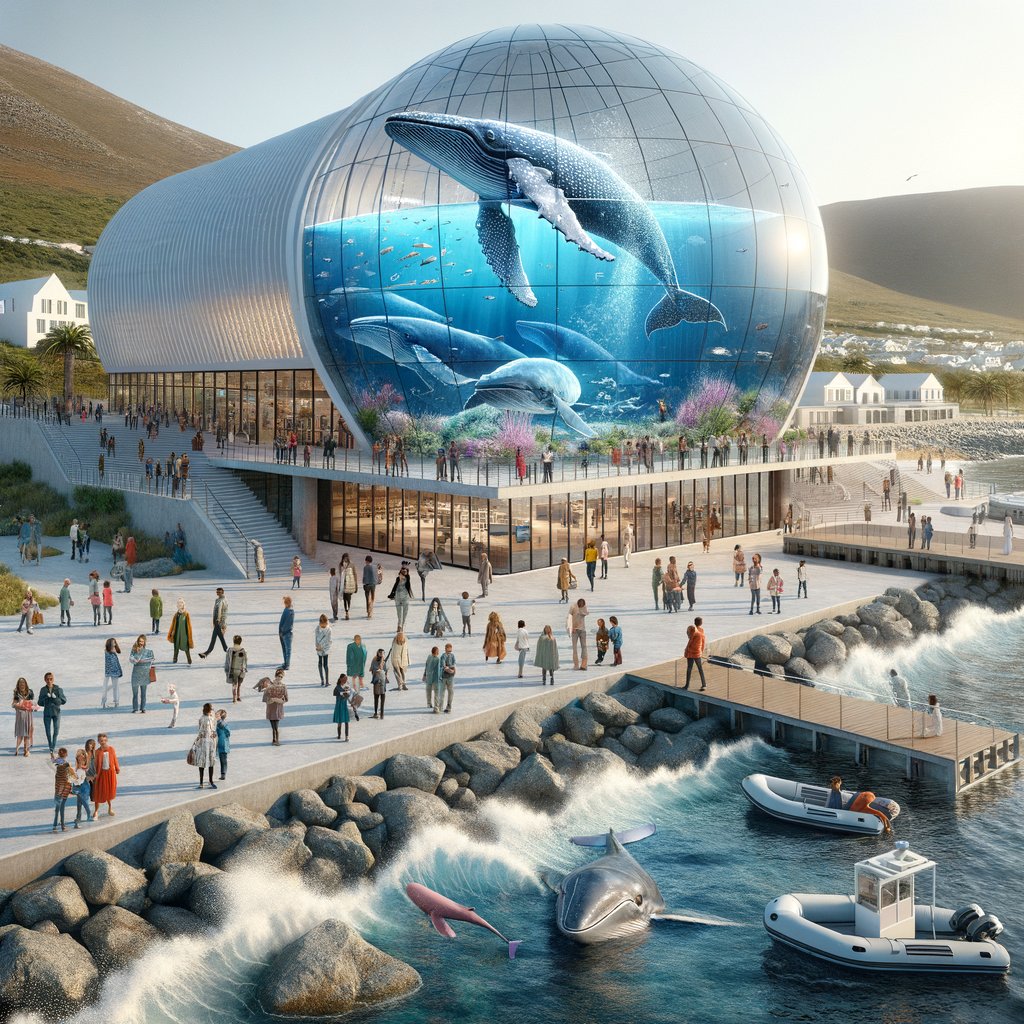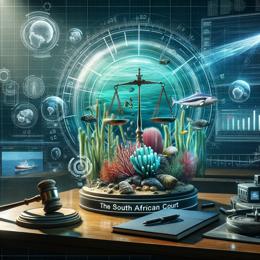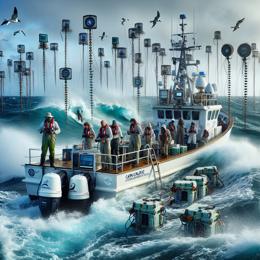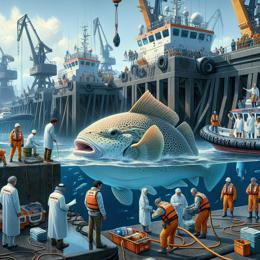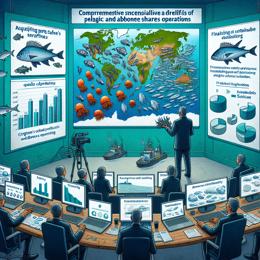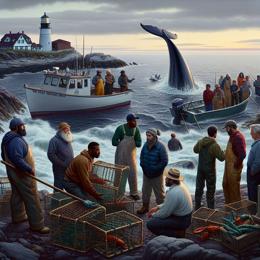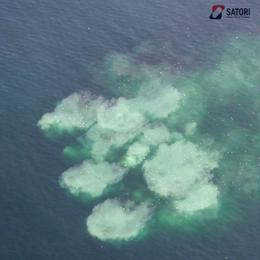Image created by AI
Hermanus Set to Unveil State-of-the-Art South African Whale Centre
Nestled in the scenic coastal town of Hermanus, globally recognized for its exceptional whale-watching opportunities, something exciting is brewing for both marine conservationists and enthusiasts. Hermanus is proudly preparing to introduce the new South African Whale Centre (SAWC), poised to be a groundbreaking facility in the realms of marine research, education, and conservation.
Set to replace the existing Whale House Museum, the SAWC promises to be more than just an attraction. It will host the Whale Unit of the University of Pretoria’s Mammal Research Institute (MRI), an esteemed entity that has been spearheading whale research in the region for over four decades. With this move, Hermanus cements its role not only as a tourist destination but also as a critical center for scientific inquiry and marine biodiversity preservation.
What sets the SAWC apart is its embrace of cutting-edge technology to augment the learning experience. The center will feature a 3D immersive dome and augmented reality displays that allow visitors to plunge into the ocean’s depths and virtually interact with whales in their natural habitats. This innovative approach aims to enhance understanding of marine life and promote conservation efforts more passionately and engagingly.
Dr. Els Vermeulen, head of the MRI Whale Unit, highlighted the importance of this integration between technology and education. The facility is not just about observing these majestic marine mammals; it’s about actively engaging in their preservation through informed and immersive learning experiences.
The SAWC is also set to impact the local economy significantly. As a world-class attraction, it will undoubtedly attract more visitors to Hermanus, boosting both tourism and local business. Local and provincial authorities have shown enthusiastic support for the project, recognizing its potential to not just educate and conserve but also to invigorate the local economy.
Grahame Lindop, the project's conceptualization lead, expressed his excitement about the potential cultural shift the SAWC could precipitate. By intertwining science with interactive storytelling, the Centre aims to inspire its visitors to become advocates for the marine environment, fostering a community that values and strives to protect its natural resources.
The commitment to making the South African Whale Centre a beacon for marine conservation is evident in the ongoing efforts of the team involved. They are dedicated to intensive fundraising and planning, ensuring the centre rises as a premier destination and fulfills its mission of blending science, technology, and proactive environmental stewardship.
As the project unfolds, Hermanus looks forward to welcoming the world to its shores, not just to witness the beauty of the whales but to participate actively in safeguarding their future.
